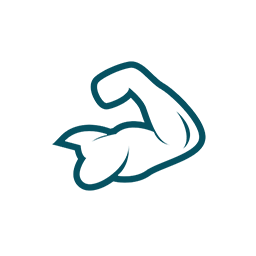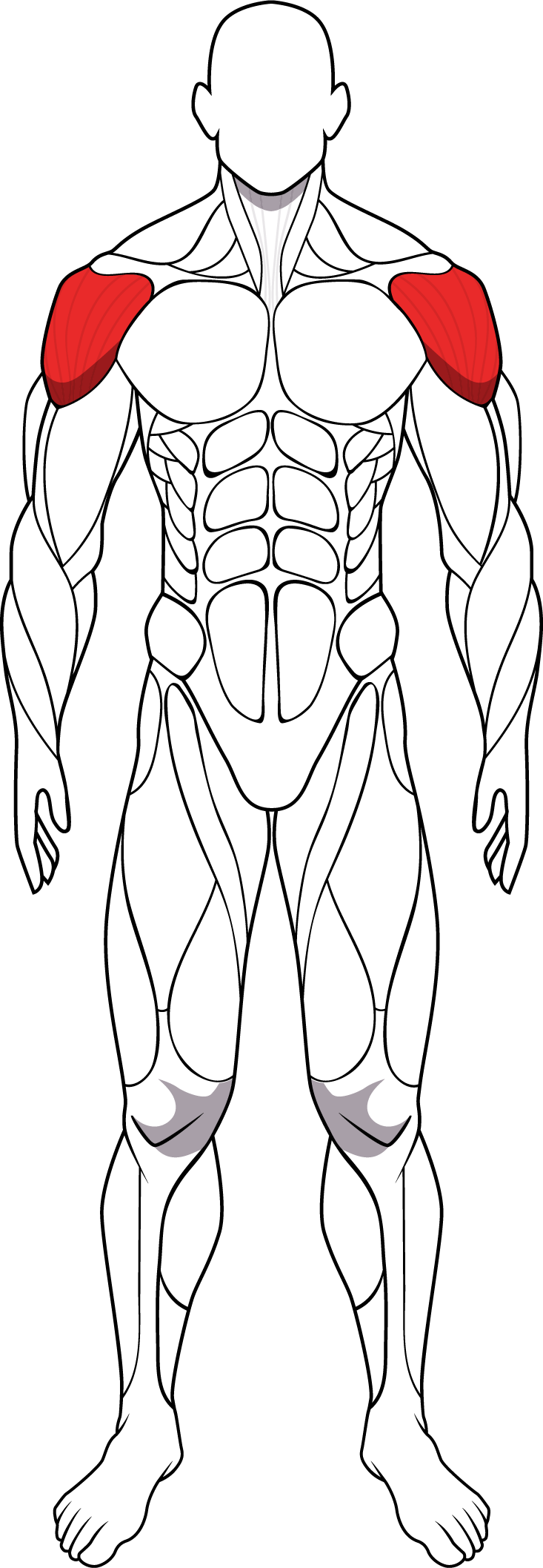The Anterior Deltoid muscle is a triangular-shaped muscle located at the front of the shoulder. It is primarily responsible for flexing and internally rotating the arm at the shoulder joint. It also assists in lifting the arm to the front, such as during activities like lifting weights, throwing a ball, or reaching overhead. Strong Anterior Deltoid muscles are essential for proper shoulder movement and stability during everyday tasks and athletic activities.
The Anterior Deltoid muscle is a triangular-shaped muscle located at the front of the shoulder. It is primarily responsible for flexing and internally rotating the arm at the shoulder joint. It also assists in lifting the arm to the front, such as during activities like lifting weights, throwing a ball, or reaching overhead. Strong Anterior Deltoid muscles are essential for proper shoulder movement and stability during everyday tasks and athletic activities.


